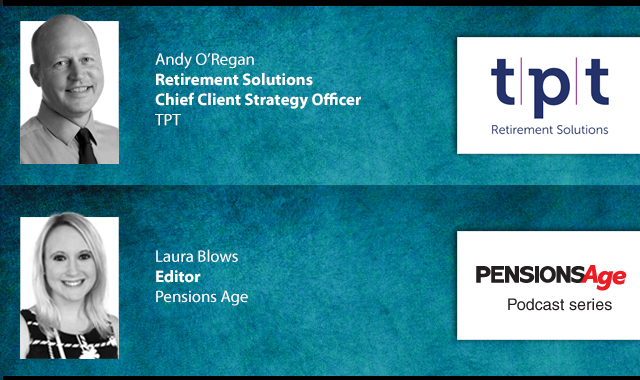Total membership of workplace pension schemes in the UK has increased by 4.5 million year-on-year to a record 45.6 million in 2018, according to the latest Office for National Statistics data.
Furthermore, there was a record of 17.3 million active occupational scheme members, an increase of 2.2 million from last year and 7.3 million since the introduction of auto-enrolment in 2012.
Active scheme participation in private sector DC workplace schemes was 9.9 million, an increase of 28.6 per cent from 2017. Overall, there were a total of 11 million active members in the private sector and 6.3 million in the public sector.
Pensions Minister, Guy Opperman said that the figures show “just how successful the government's pension reforms have been”.
He added: “They tell a story of millions of people now building a pension pot for their future and looking forward to a better retirement.”
However, Hargreaves Lansdown head of policy, Tom McPhail, warned that the challenges ahead “should not be underestimated”.
He continued: “For millions of people, payments into defined contribution pensions still need to be around double their current rates. There are nearly 5 million self-employed people outside the pension system, and the government is struggling to find a policy response to this problem.
“In addition, nearly 10 million employed people have been excluded from auto-enrolment because they weren’t eligible. Today’s report also shows a rapid increase in ‘deferred’ pension pots, as a result of job changes: up by over 2 million in the last year alone.
“The government can fix this by giving people the right to take their existing pension on to their new job, rather than being forced to take on a new pension every time they move employment.”
For private DB schemes, the average total contribution rate was 25.6 per cent of pensionable earnings, split between members (6.4 per cent) and employers (19.2 per cent).
For private DC schemes, the average total contribution rate was 5 per cent of pensionable earnings, up from 3.4 per cent in 2017, split between members (2.7 per cent) and employers (2.4 per cent).
This was the first time since the start of this time series in 2010 that the average contribution of members exceeded that of employers.
AJ Bell senior analyst, Tom Selby, praised auto-enrolment as “a success”, but cautioned that the average earner could still struggle to save enough for their retirement.
He stated: “A 25-year-old earning £30,000 and saving at the minimum would end up with a pot of around £200,000 in today’s prices by age 65 – that would buy a guaranteed, inflation protected income worth about £6,500 at the moment*. If you combine that with the state pension you’ll be living on around £15,000 a year.
“Savers who have retirement aspirations beyond this level shouldn’t wait for government to sort their pensions out for them.”
Latest News
-
Pensions dashboards connections ramp up as first deadline passes
-
Insurer supply exceeds demand in UK DB risk transfer market
-
European pension schemes urged to rethink FX trading following US tariffs
-
FCA to launch live AI testing service
-
This week in pensions: 28 April – 2 May 2025
-
News in brief - 2 May 2025
Being retirement ready
Gavin Lewis, Head of UK and Ireland Institutional at BlackRock, talks to Francesca Fabrizi about the BlackRock 2024 UK Read on Retirement report, 'Ready or not. How are we feeling about retirement?’
Time for CDI
Laura Blows speaks to AXA Investment Managers (AXA IM) senior portfolio manager for fixed income, Rob Price, about cashflow-driven investing (CDI) in Pensions Age’s latest video interview
The role of CDC

In the latest Pensions Age podcast, Laura Blows speaks to TPT Retirement Solutions Chief Client Strategy Officer, Andy O’Regan, about the role of collective DC (CDC) within the UK pensions space
Keeping on track

In the latest Pensions Age podcast, Sophie Smith talks to Pensions Dashboards Programme (PDP) principal, Chris Curry, about the latest pensions dashboards developments, and the work still needed to stay on track
© 2019 Perspective Publishing Privacy & Cookies















Recent Stories